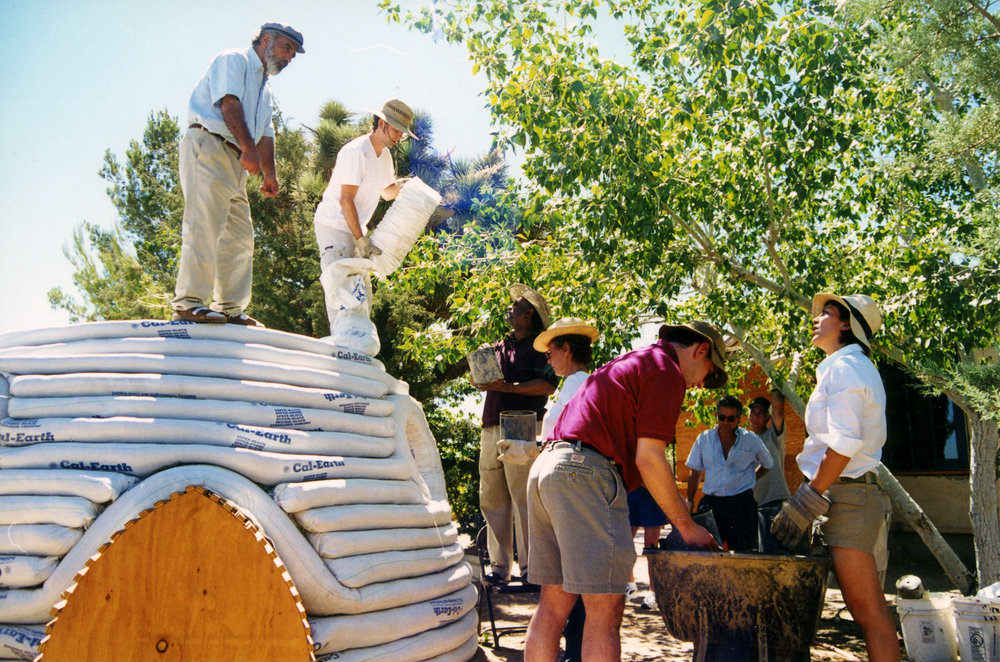3D printed buildings made by California’s Contour Crafting have gained a firmer foundation with new investment from concrete formwork specialists, the Doka Group’s investment arm.
“Very soon, we’ll have the first series-ready deployable robotic 3D construction printer,” says Behrokh Khoshnevis, President and CEO of Contour Crafting Corporation.
Austria’s Doka Group are one of the leading suppliers of formwork to the construction industry. As part of the parent company, Umdasch AG, the company saw consolidated revenue of over $1 billion. The investment in Contour Crafting is intended to help, “dramatically reduce the time it takes to construct buildings and meet rising global demand for socially acceptable accommodation and infrastructure.”
Doka Ventures has taken a 30% stake in Contour Crafting.
3D Printing Industry asked Maria Tagwerker-Sturm, Project Management & Coordination at Doka Group, for more details.

3D printers available in 2018
Although the precise terms of the deal, including the amount of investment, are undisclosed, we understand that the funds will be used to lease a 33,000 sq-ft unit in El Segundo, California. Contour Crafting has already taken several orders for their 3D printers, the first are expected to ship in early 2018. The 3D printers use cementitious materials and, “The robots are sold “ex works L.A.”, there is a defined minimum number of future operators who have to be trained and certified prior to the liberation of shipment to customer.”
Doka are not disclosing how much the 3D printers will be sold for.
The robotic 3D construction printers have a, “reach of between 24 feet to 40 feet and a user selectable length that could be substantially larger. Tipping the scales at less than 800 lbs, it is very light for a large construction machine.”
Maria Tagwerker-Sturm tells us that the time saving element of using a 3D printer for construction is particularly appealing, “people can move into a new house only 2-5 days after beginning of construction. This technology saves cost, time, enhances the environmental fingerprint and adds a lot of occupational safety as it is an automated process.”
Increasing 3D printing construction enterprises
In recent years a number of companies have claimed to be able to use a 3D printer to make buildings. Contour Crafting’s founder, Bherokh Khoshnevis, arguably was one of the first to embark on this path. Khoshnevis filed his first patents regarding 3D printing of constructions in 1996. Currently, he has over 100 active patents in this domain.
Since then companies such as China’s WinSun have entered the market. During a visit to Shanghai in 2015 I saw first hand the work of a former student of Khoshnevis and heard how WinSun had taken an interest in the technology.
Tagwerker-Sturm says that there is a “huge” difference between WinSun and Contour Crafting.
WinSun’s technology is a mixture of 3D printing and prefab as they print structures via a stationary machine in China (which is a used and adapted CNC machine from Italy) then cut the structures apart and ship the parts to the construction site, assemble them and apply finishing. Contour Crafting’s technology consists of deployable robotic systems which print everything at the very construction site.
This year WinSun announced a $1.5 billion deal that will see the company lease 100 3D printers to a Saudi Arabian construction company.
The technique used by Contour Crafting is also markedly different to recently seen in use by Neri Oxman’s group at MIT. The Digital Construction Platform recently 3D printed a 14.6-m-diameter, 3.7-m-tall open dome formwork structure in less than 14 hours.
The influence of Nader Khalili on 3D printed buildings
The influence and legacy of Nader Khalili should also be mentioned in any discussion of this nature. In 1991 Khalili founded the California Institute of Earth Art and Architecture (Cal-Earth) to teach others about his Superadobe building method. The Superadobe method itself was inspired by traditional construction techniques in Khalili’s country of birth, Iran.
Beginning in 1984, Khalili developed the Superabode system for a NASA project. Khalili wrote extensively about the construction of emergency shelters and also a system called ceramic houses called Geltaftan. The etymology of the word comes from the Persian “Gel”, or clay, and “taftan”, meaning “firing, baking, and weaving clay.”

Companies using 3D printers to build
Other enterprises using 3D printing techniques for construction include Italy’s D-Shape, the Institute for Advanced Architecture of Catalonia (IAAC) in Barcelona, Spain, Russia’s Apis Cor, CyBe Construction from the Netherlands, the Batiprint3D project in France and also Ukrainian startup PassivDom – from whom we tried to buy a house.

3D Printing Industry are also speaking with several other companies preparing to make announcements about the increasingly active construction 3D printer market.
We asked Doka Ventures about the largest building constructed to date using their 3D printers and received the following answer,
The size is not the trick. Contour Crafting focused in tests on the most difficult parts of constructions. However, the first generation robots will cover a floor plan of over 200m2.
As Contour Crafting point out,
The Earth’s population, according to scientific forecasts, will rise to eleven billion by the year 2100. There will also be an enormous increase in urbanization. Right now half the people in the world live in cities; by 2050 the figure will be in the region of 75 percent. These developments pose huge challenges for the building industry. Affordable accommodation and infrastructure will have to be built rapidly. Conventional methods of construction will be unable to deliver.
Let us know your thoughts in the comments below.
3D Printing Industry are looking forward to seeing how technology in our industry can meet these challenges. If you want to be the first with the latest news, then subscribe to our free newsletter. You can also follow our active social media accounts.



